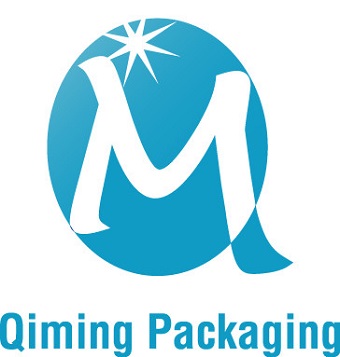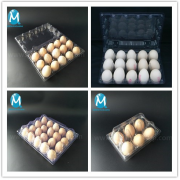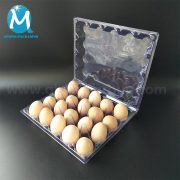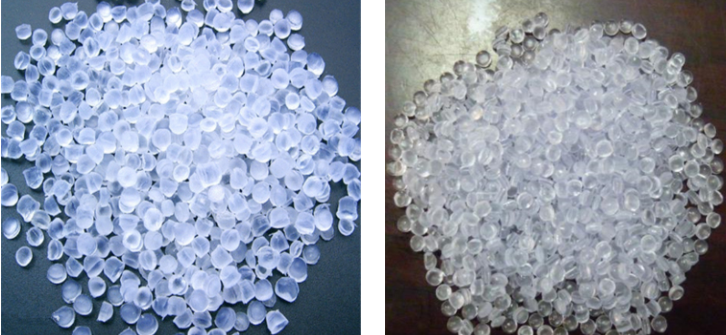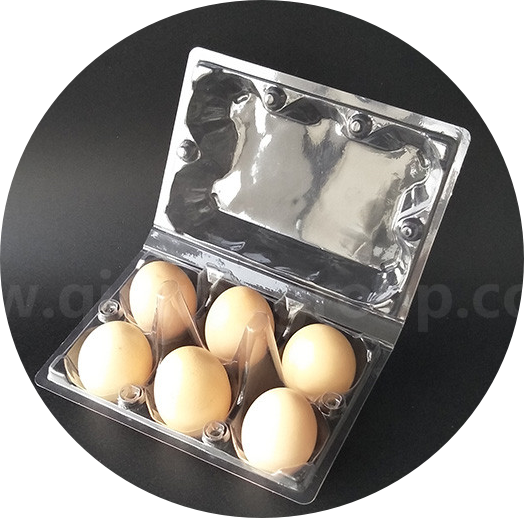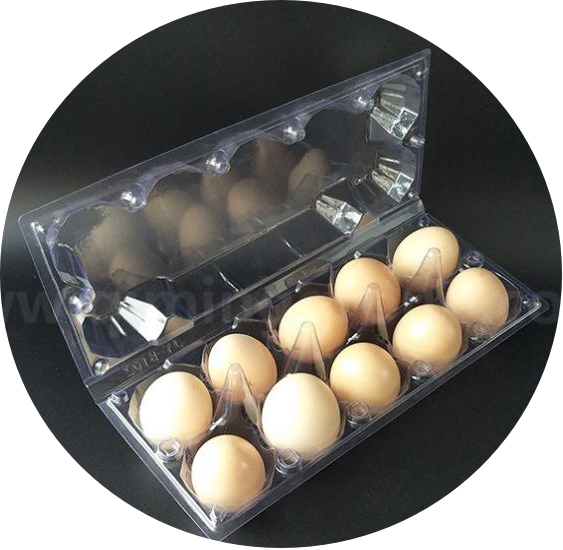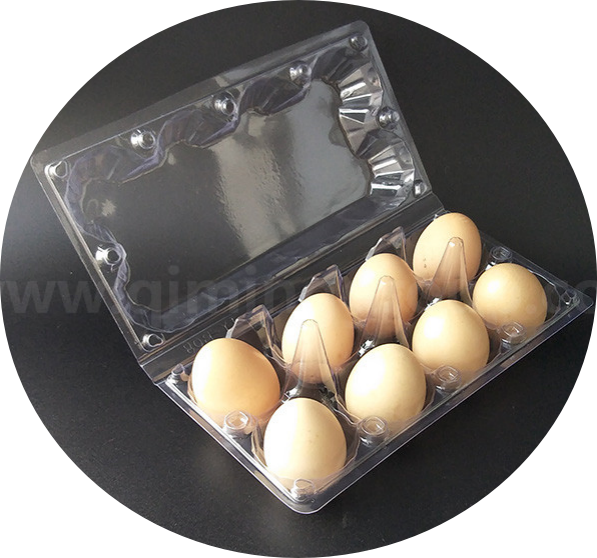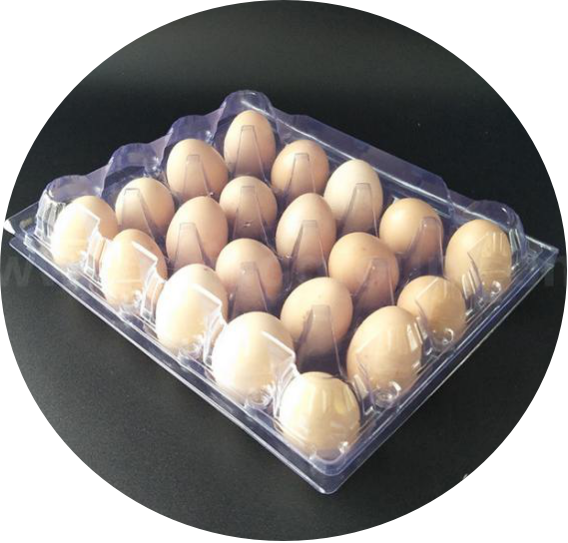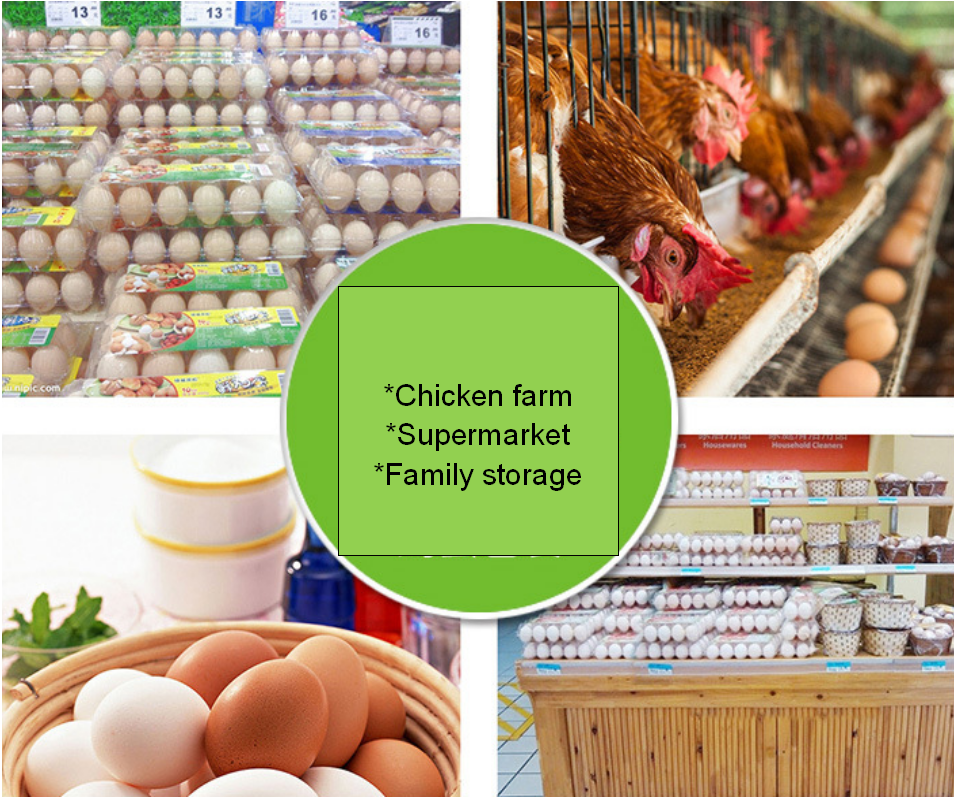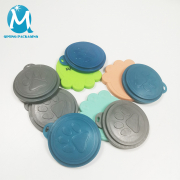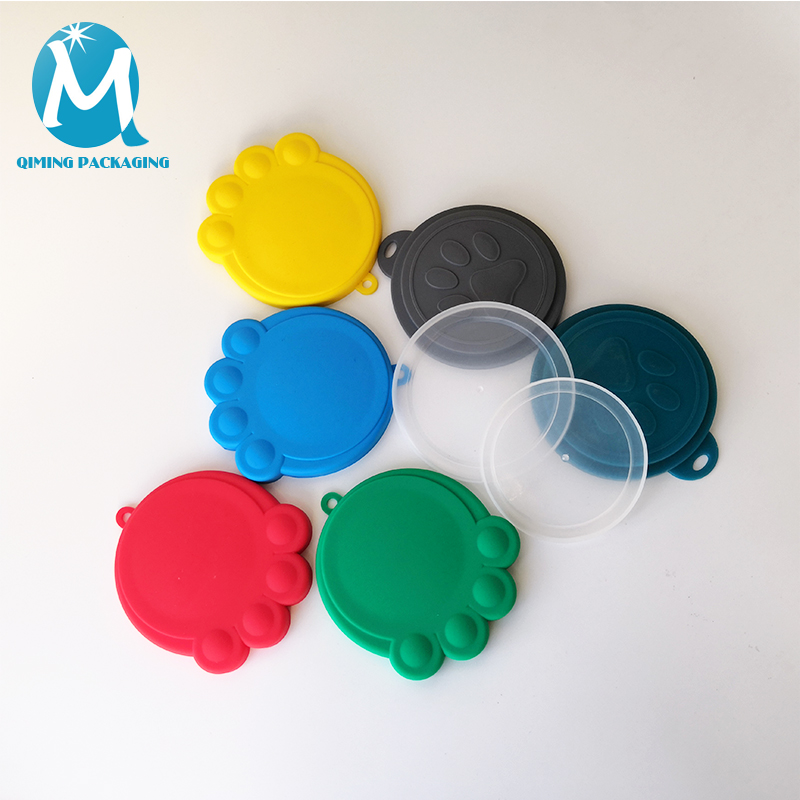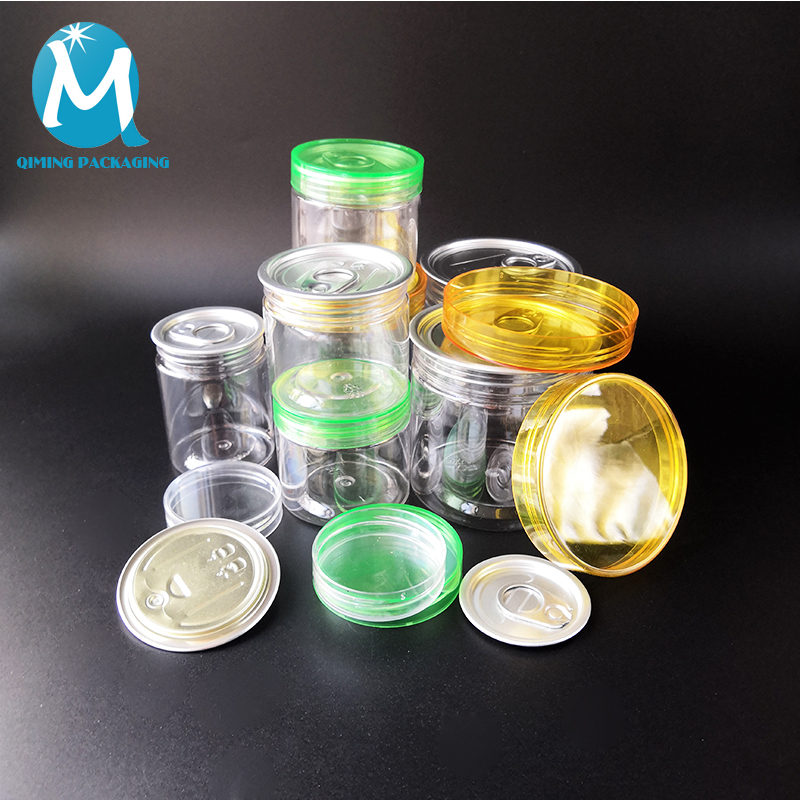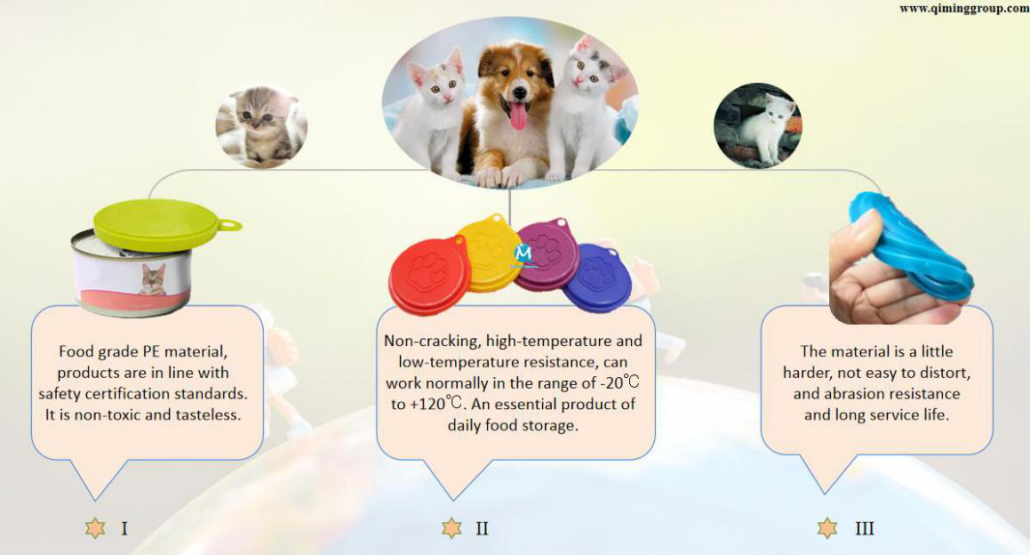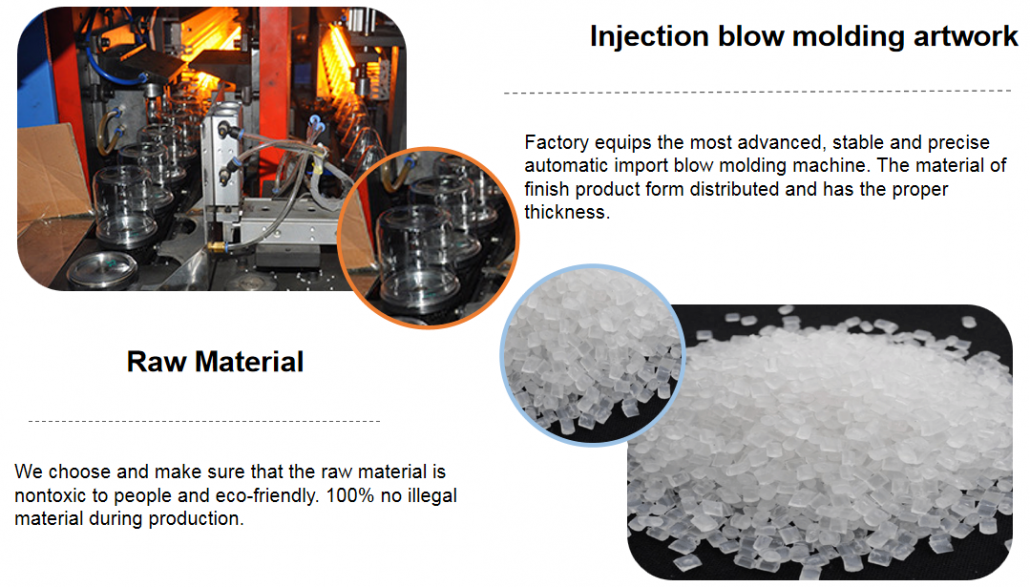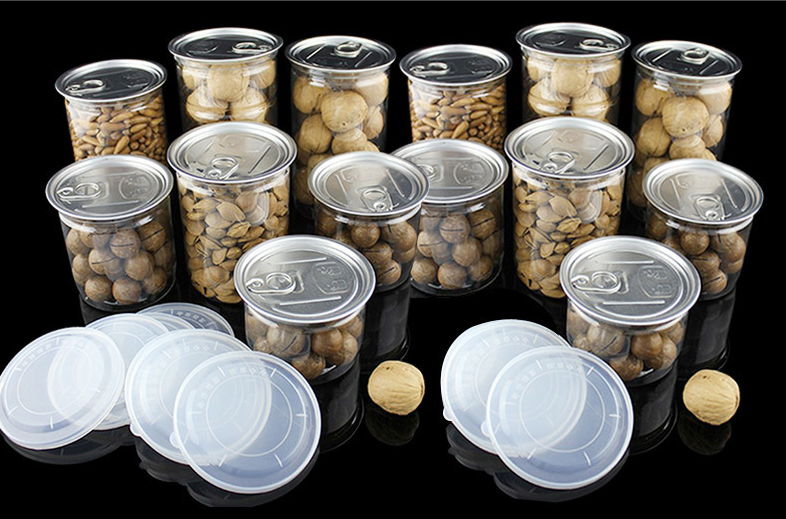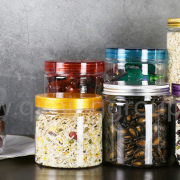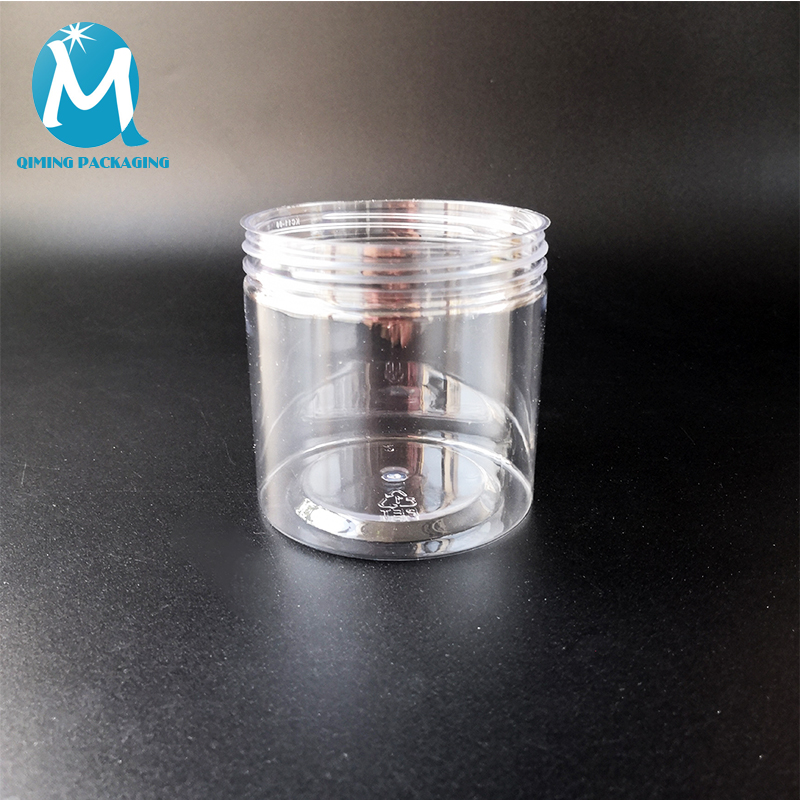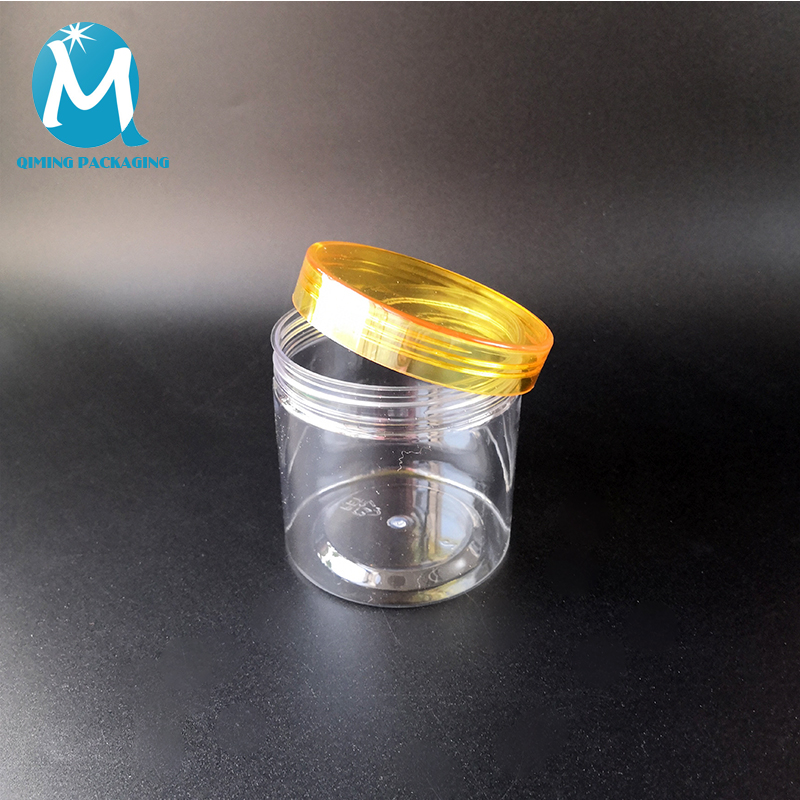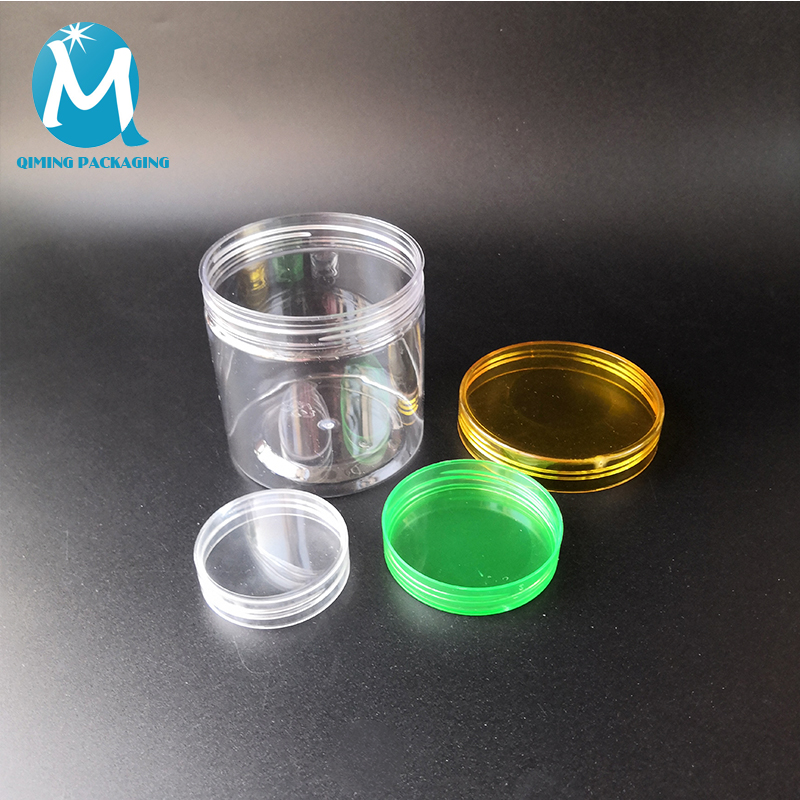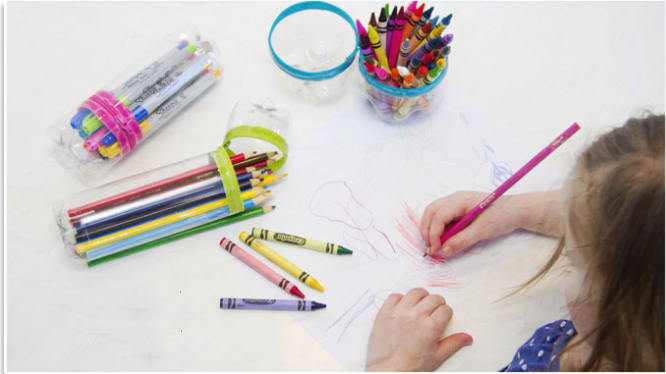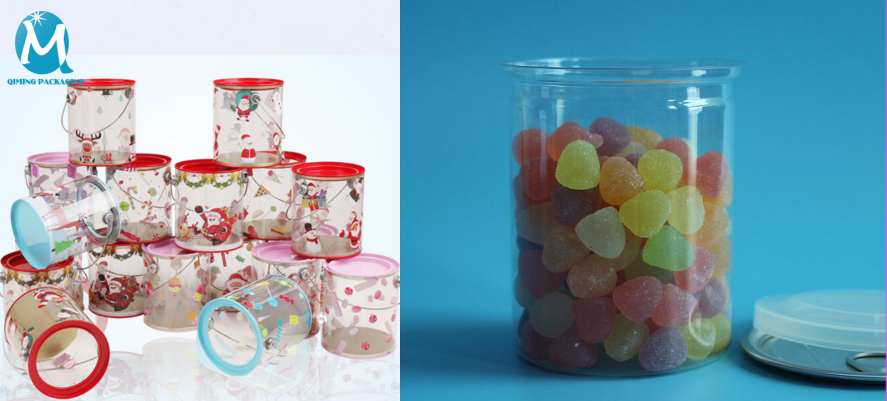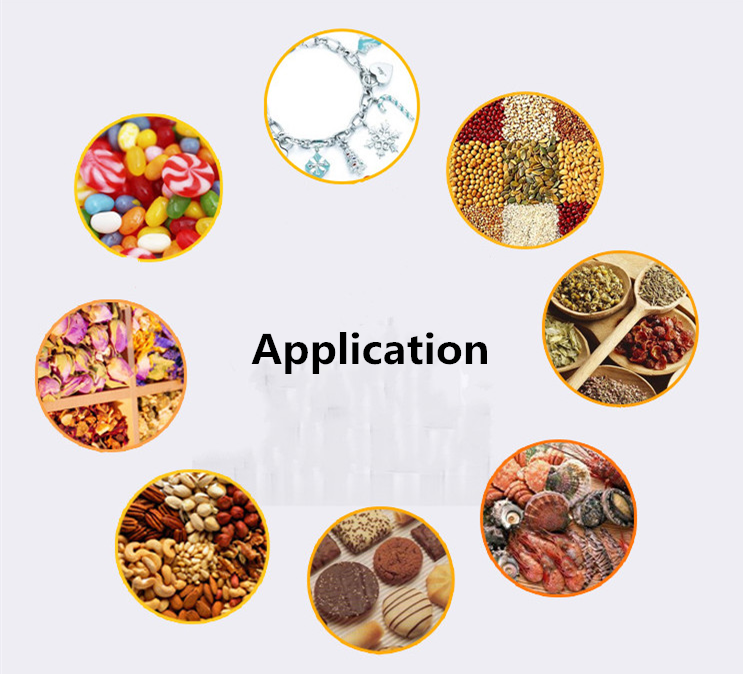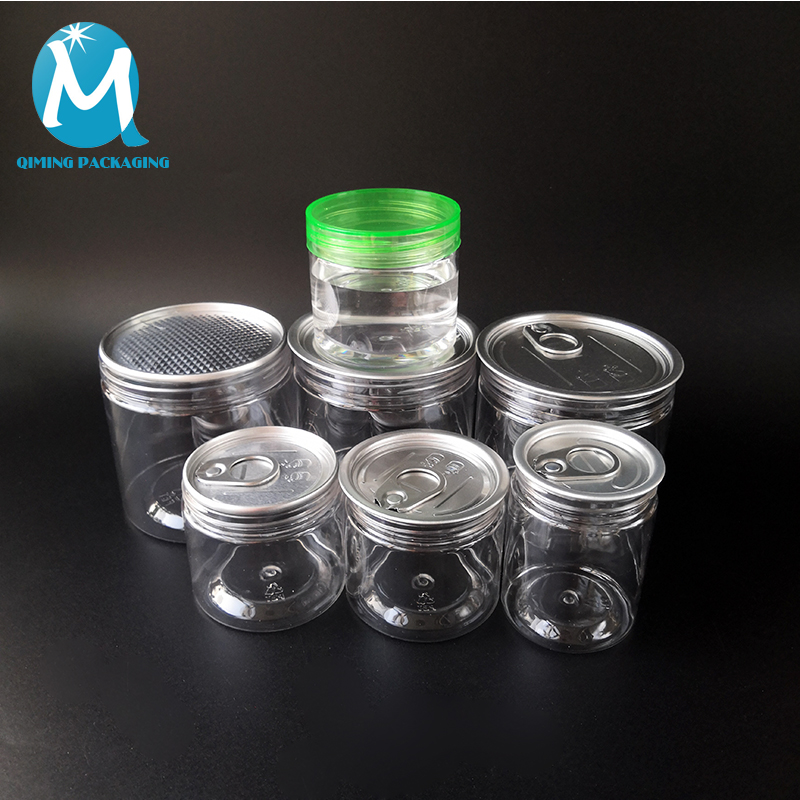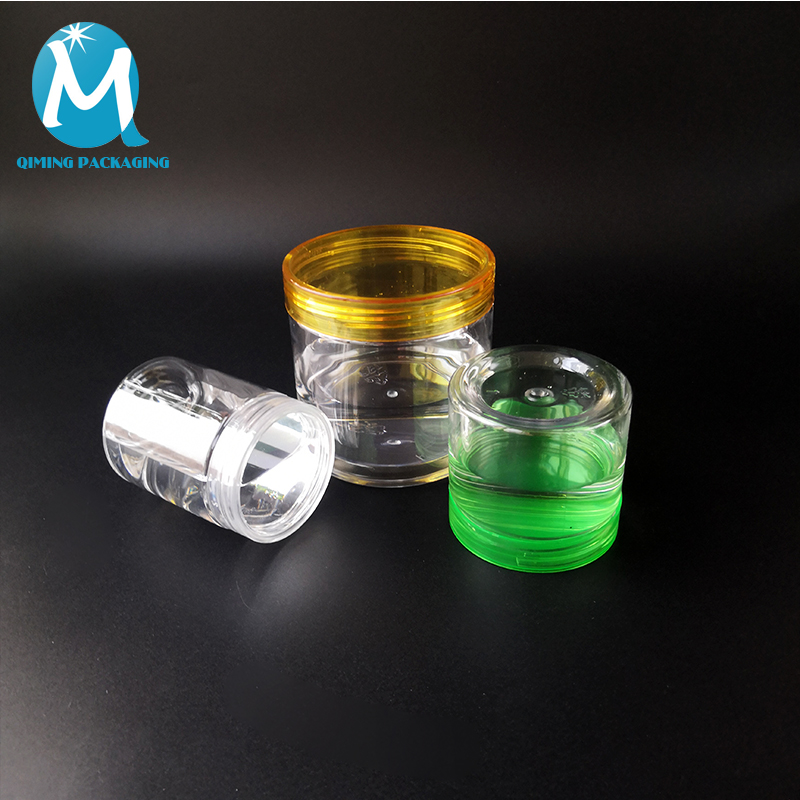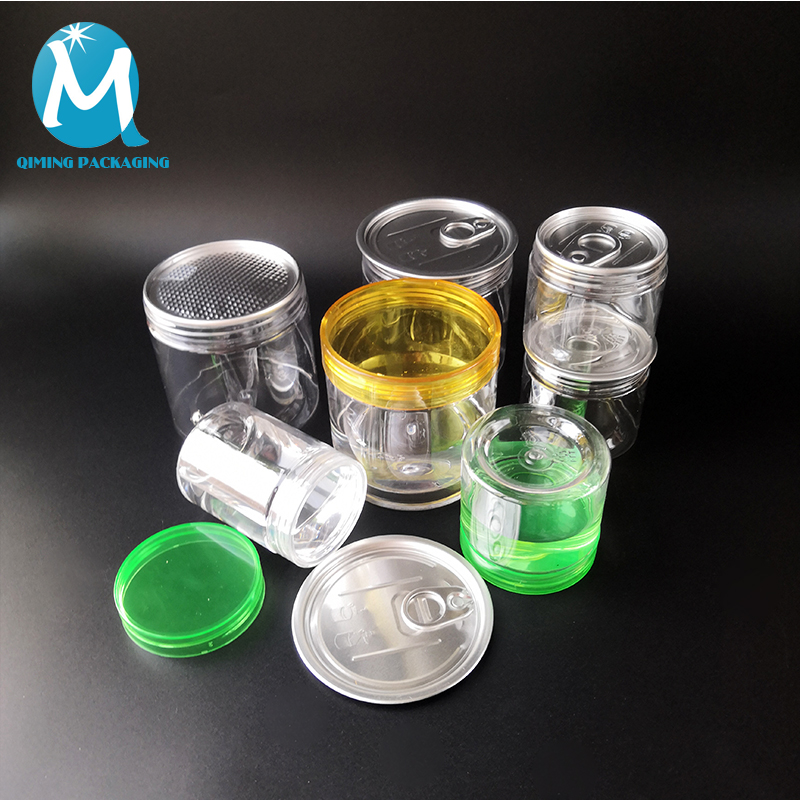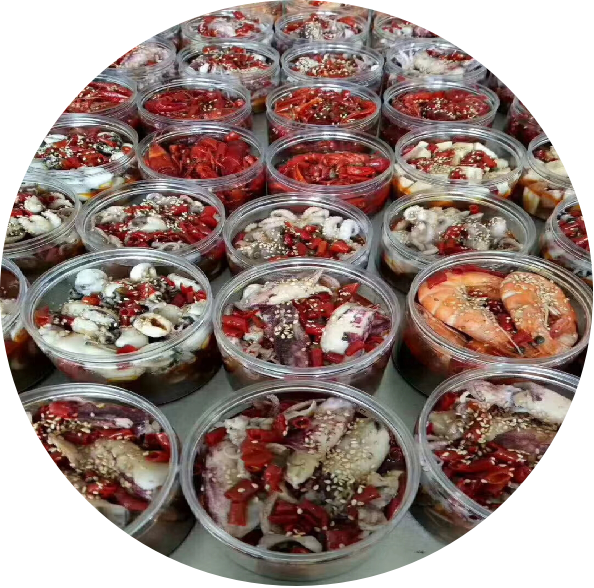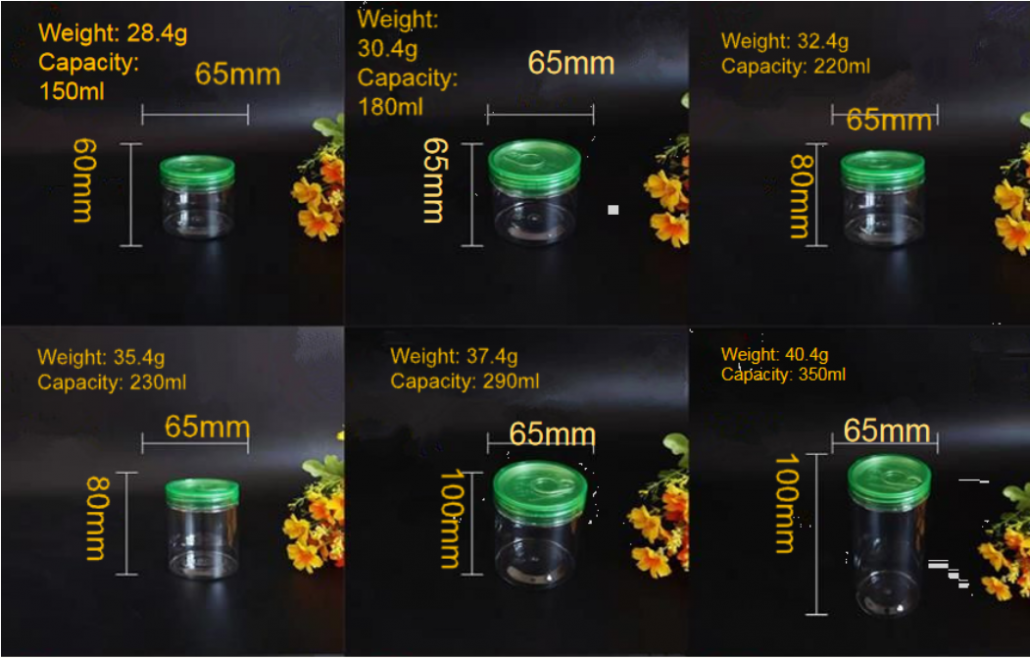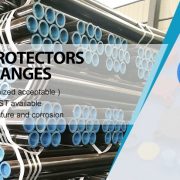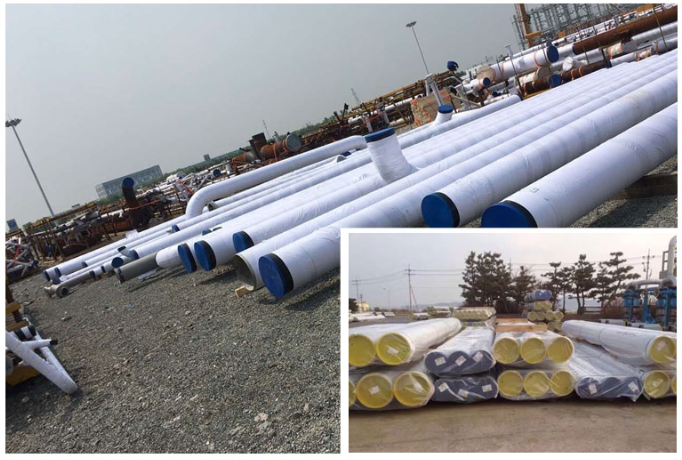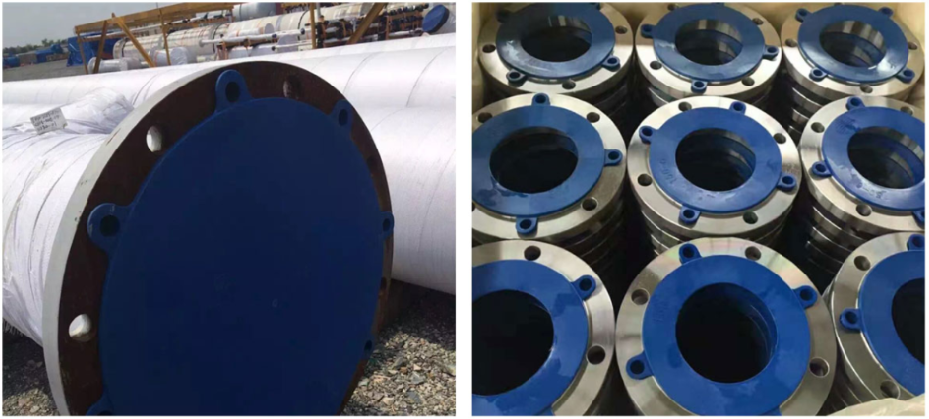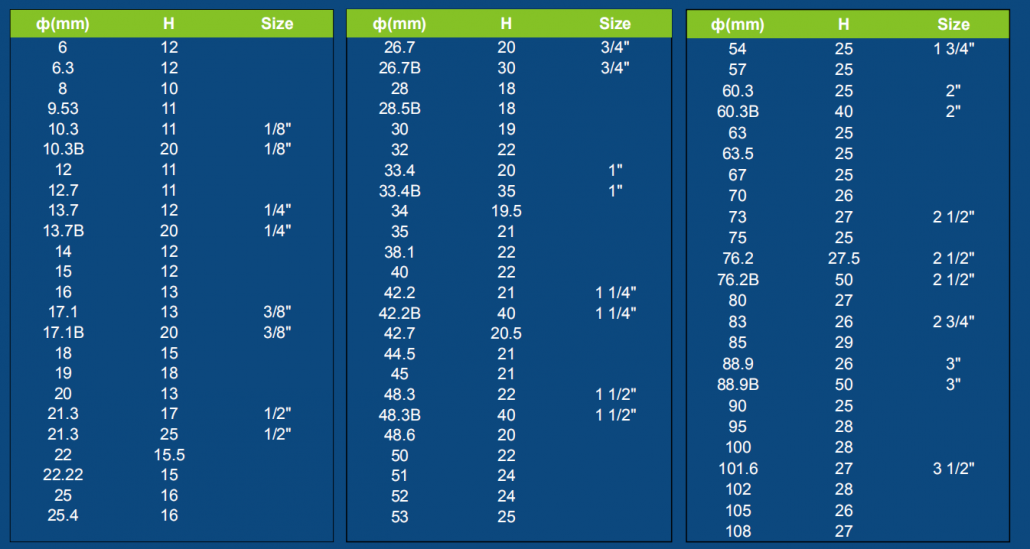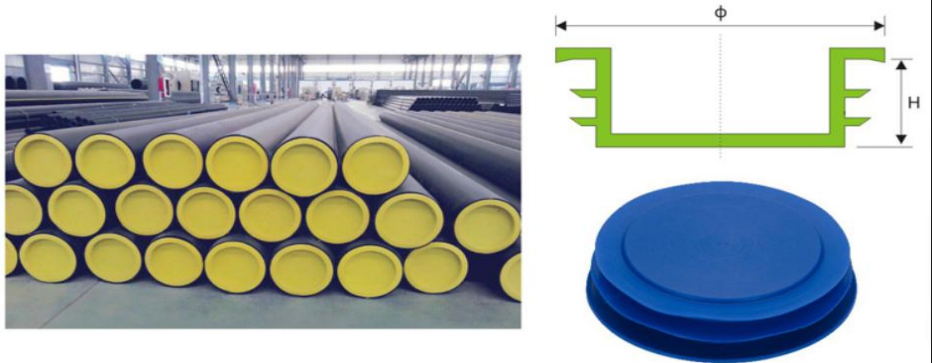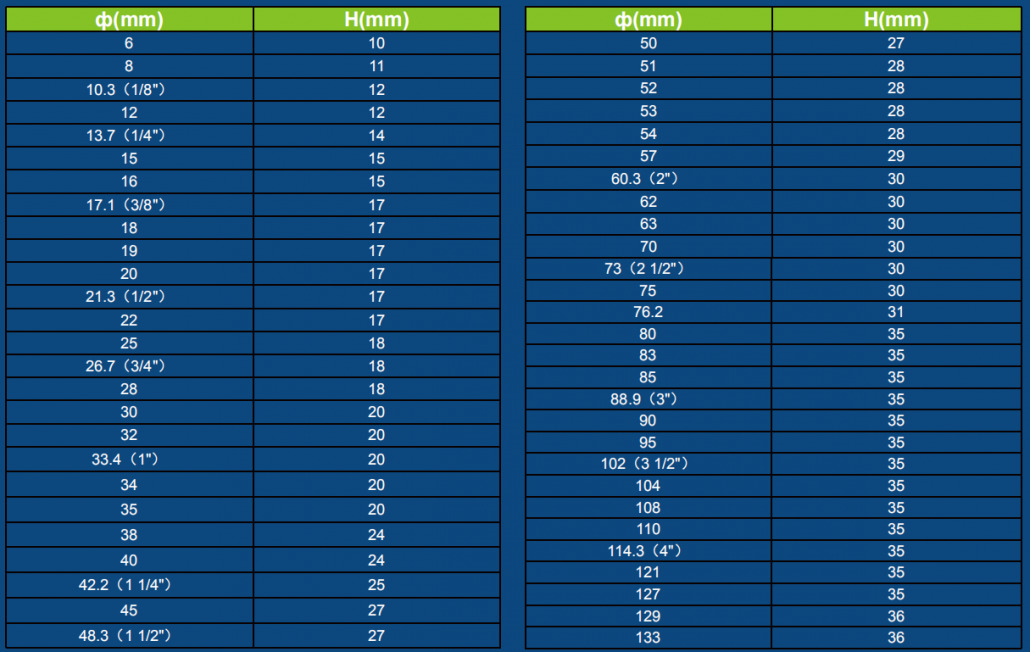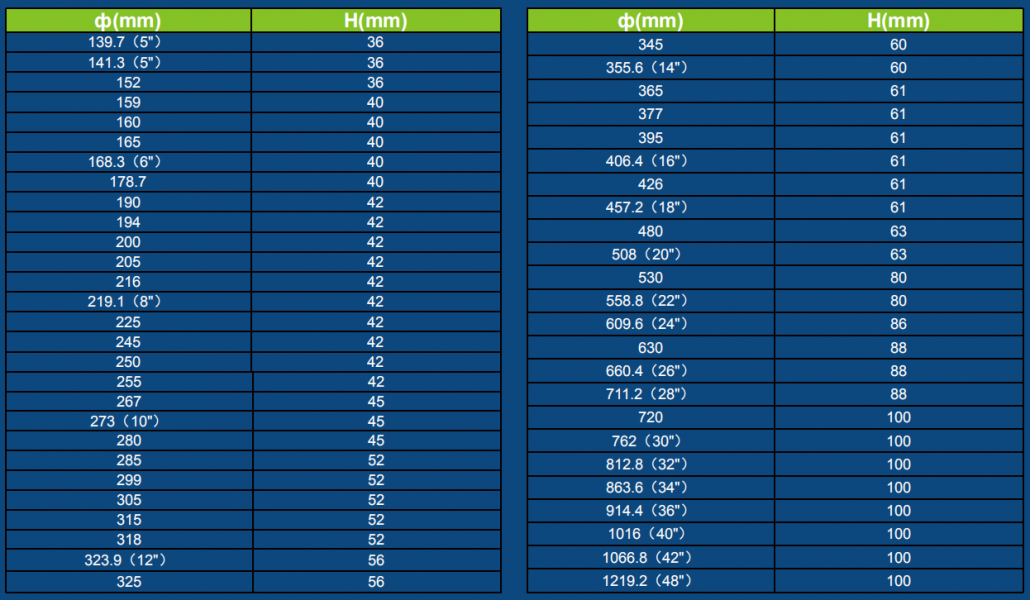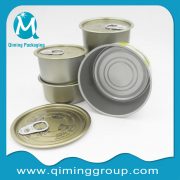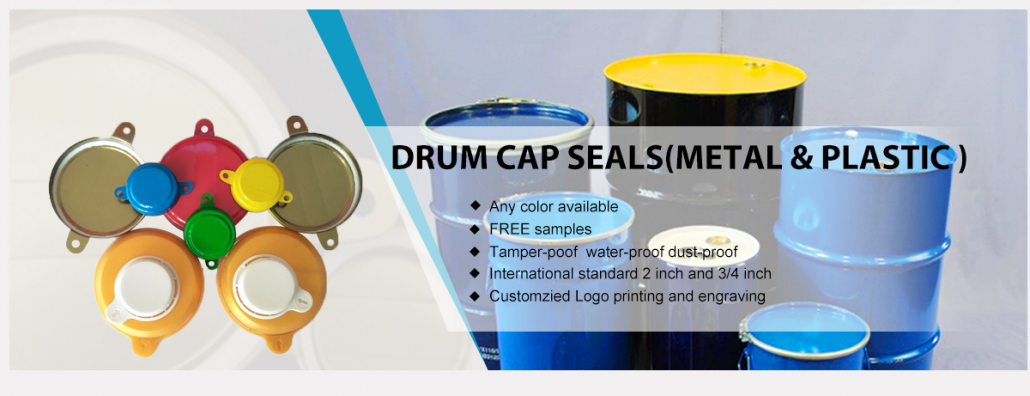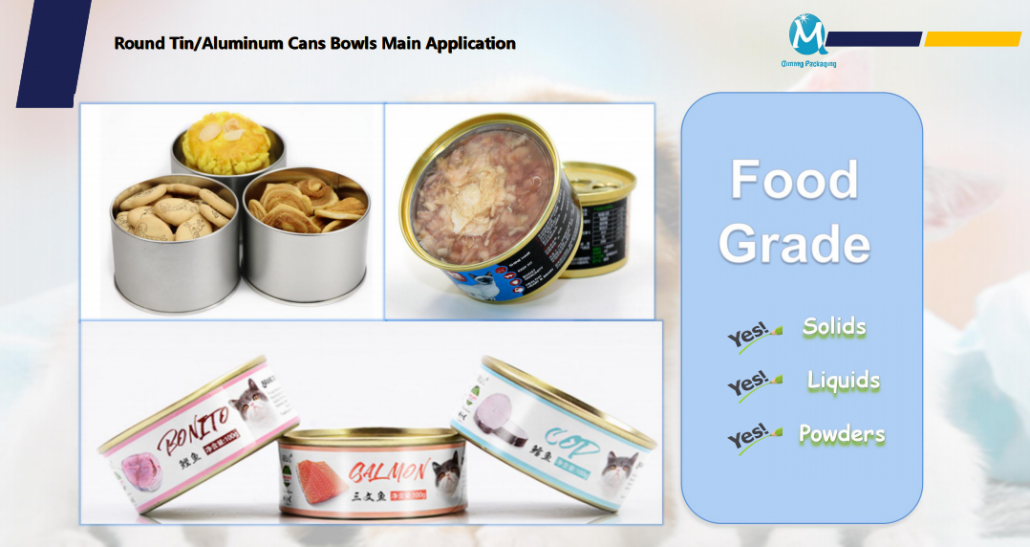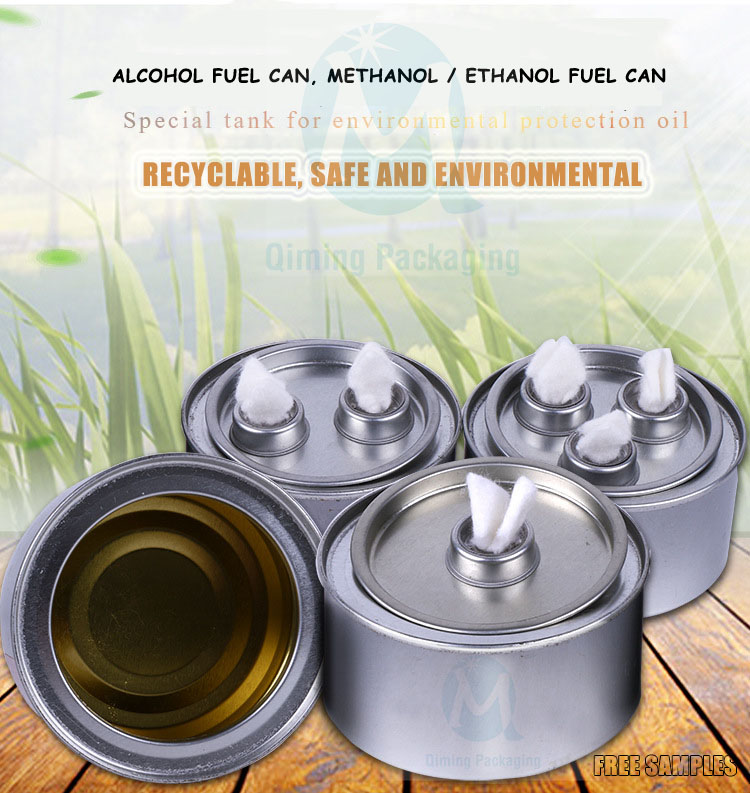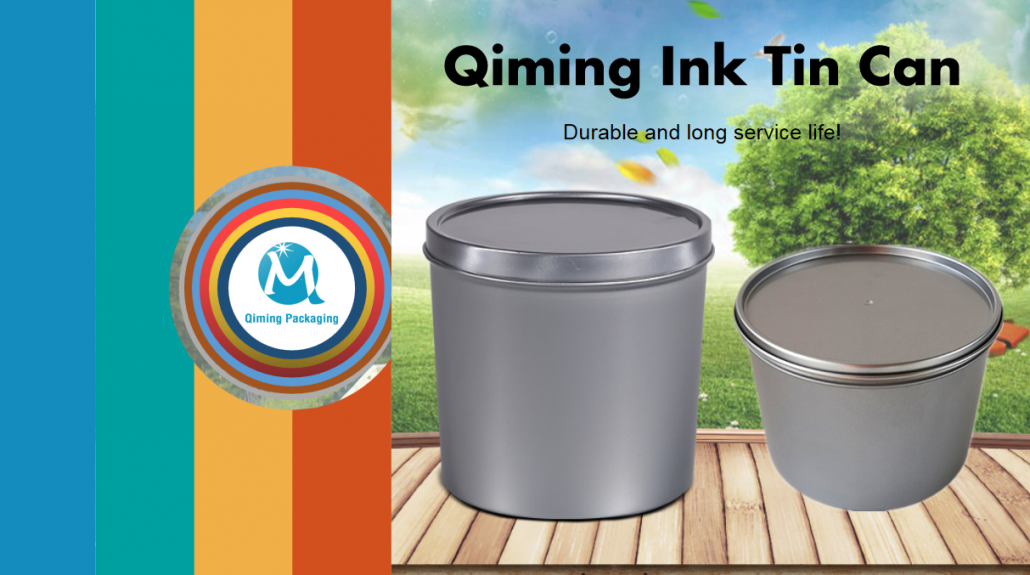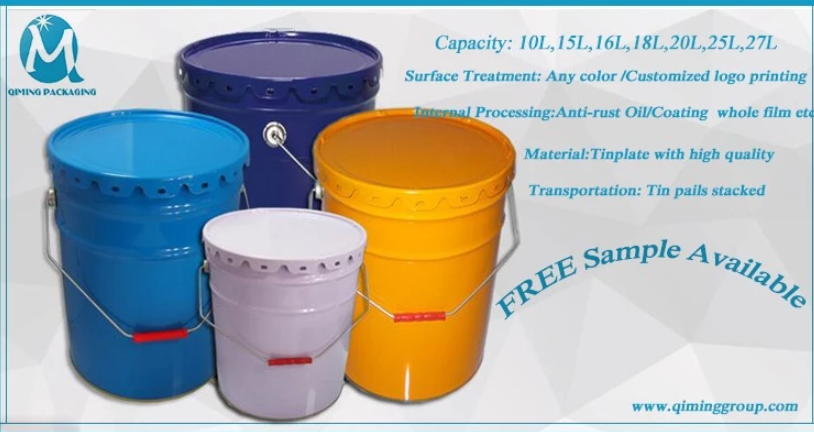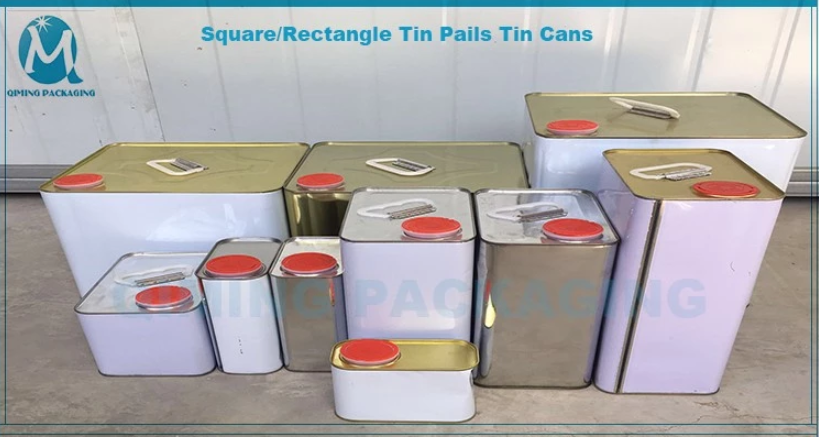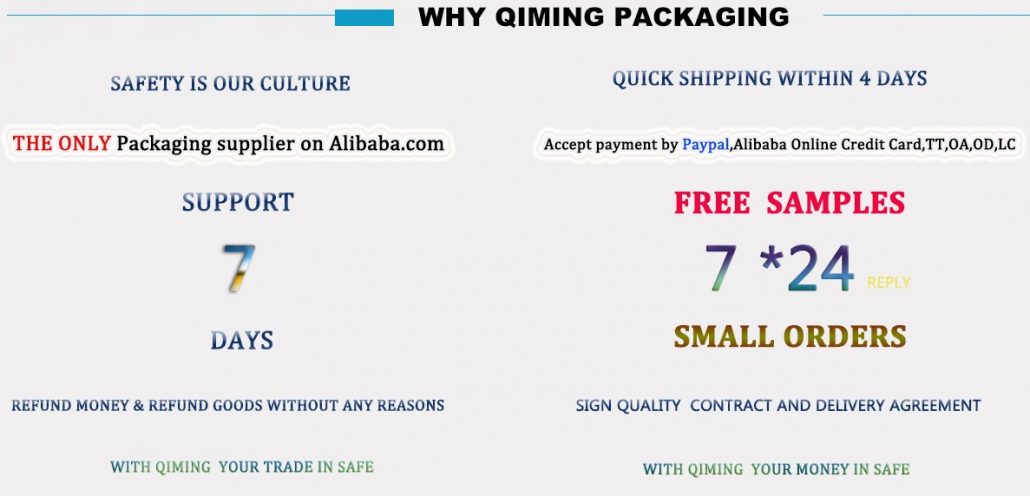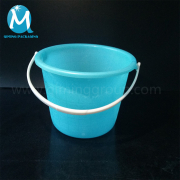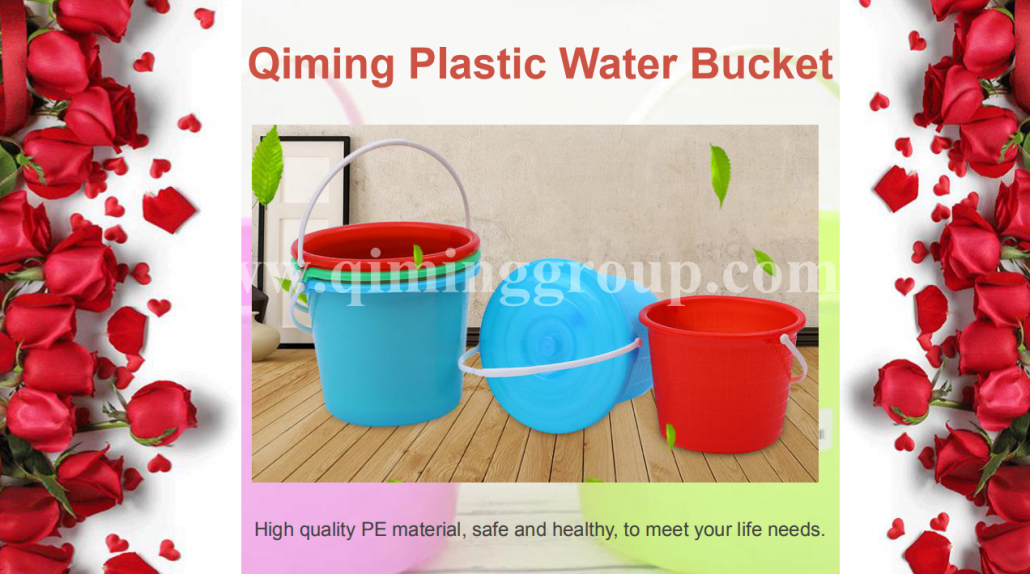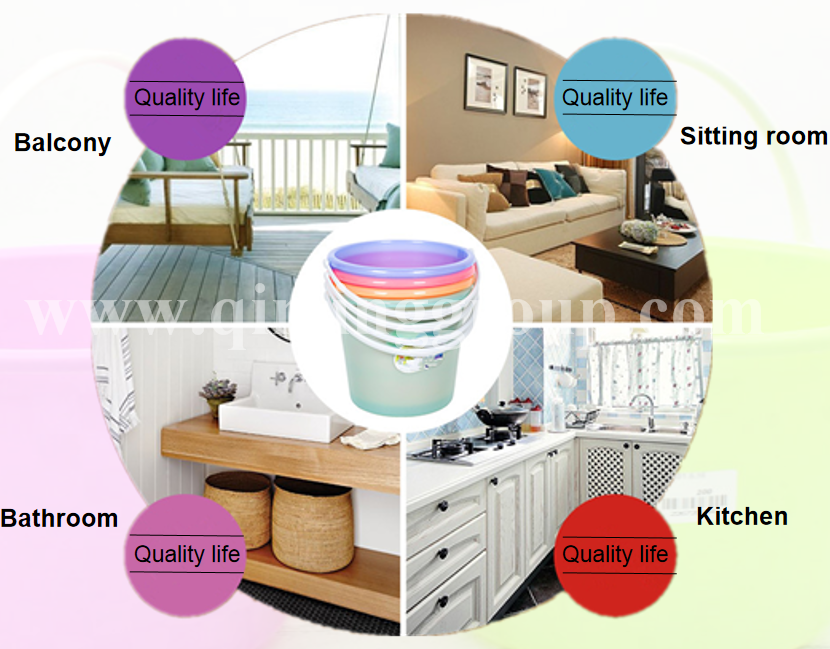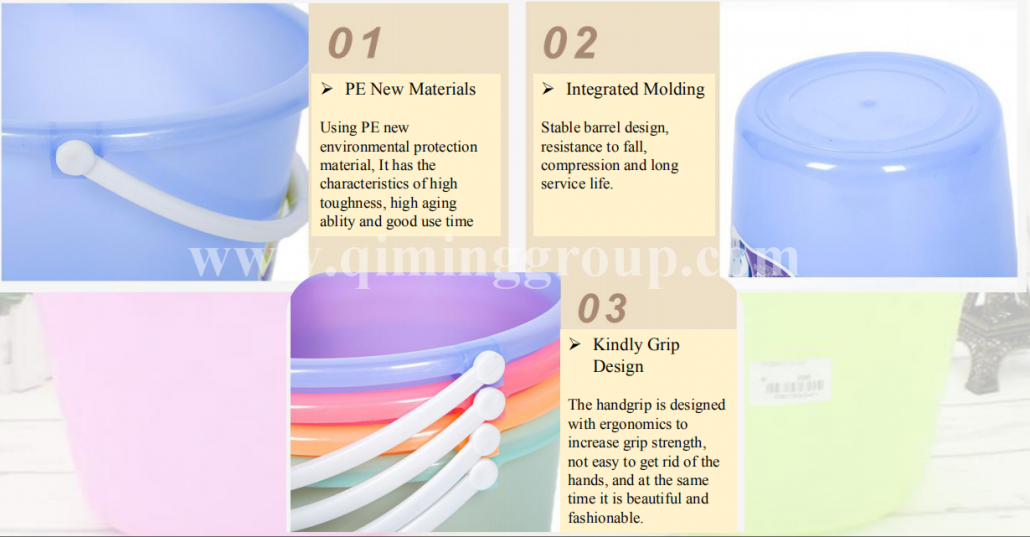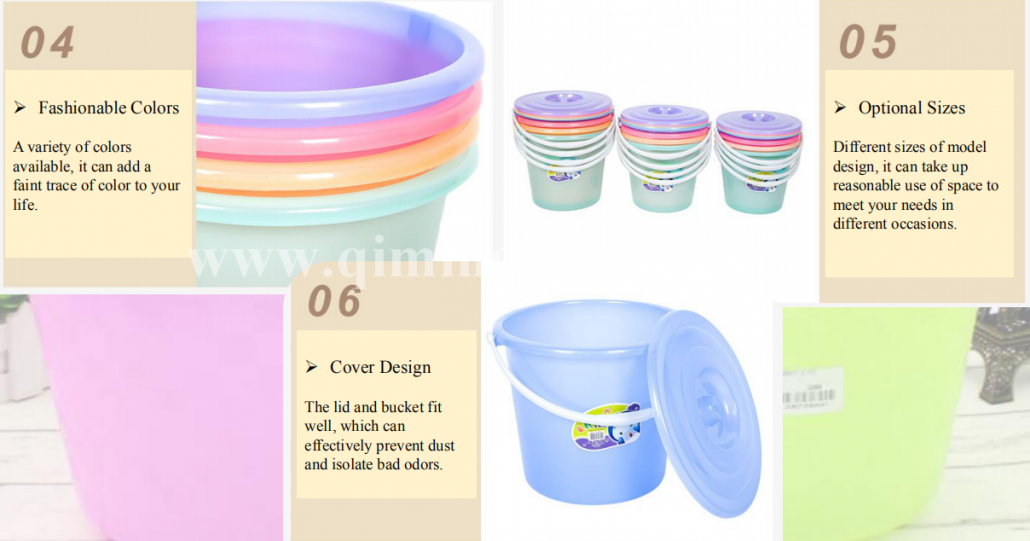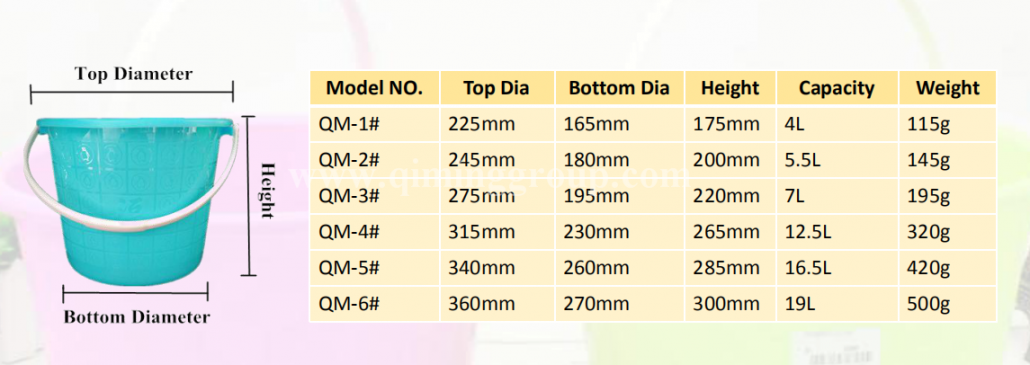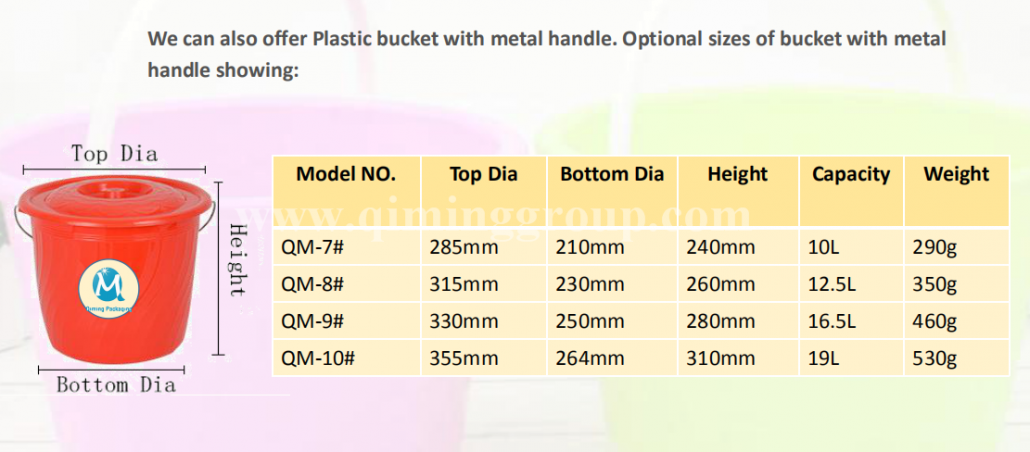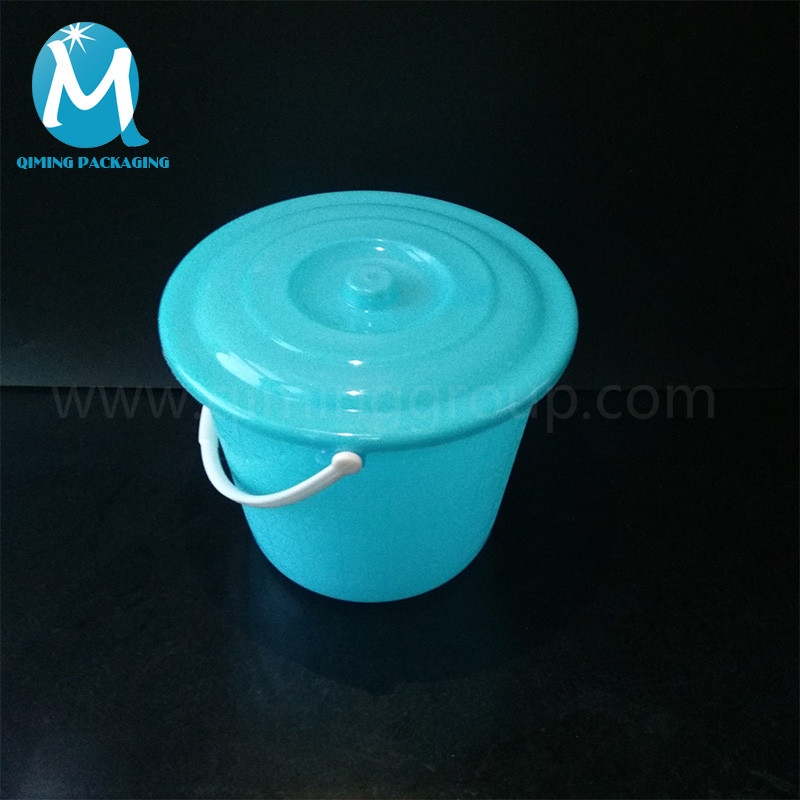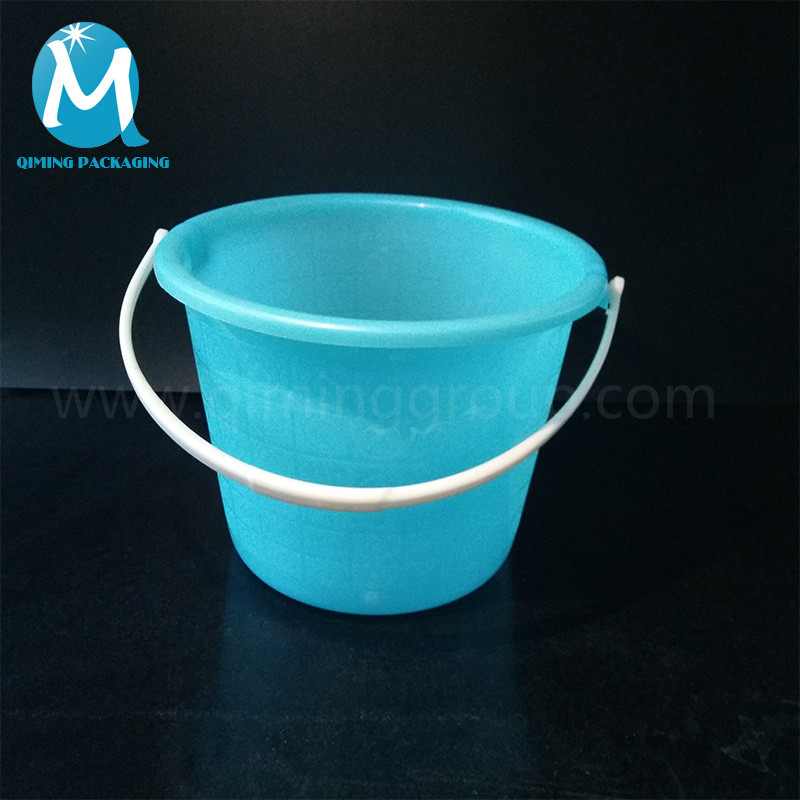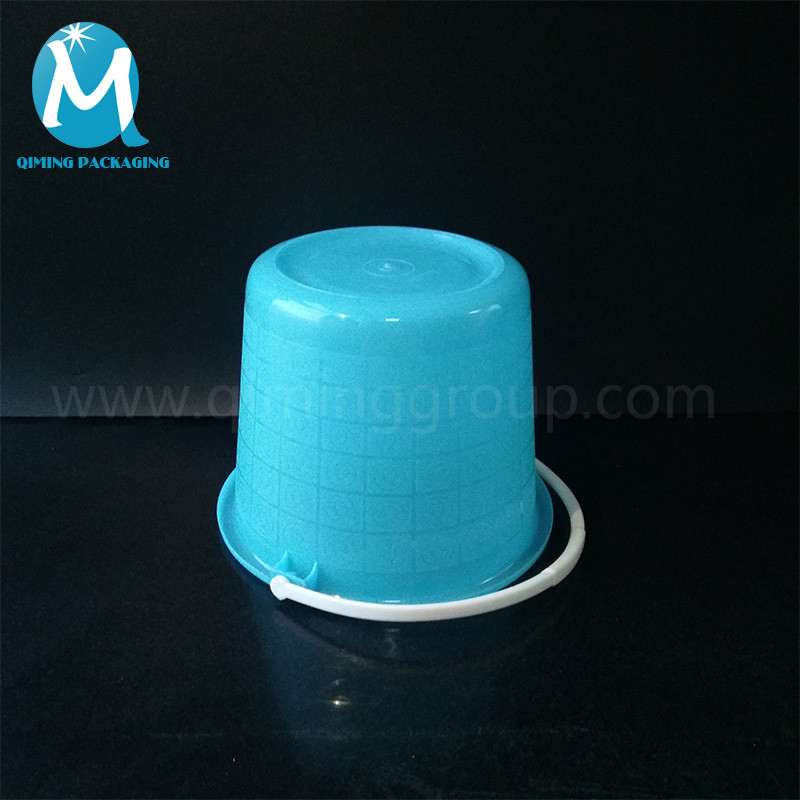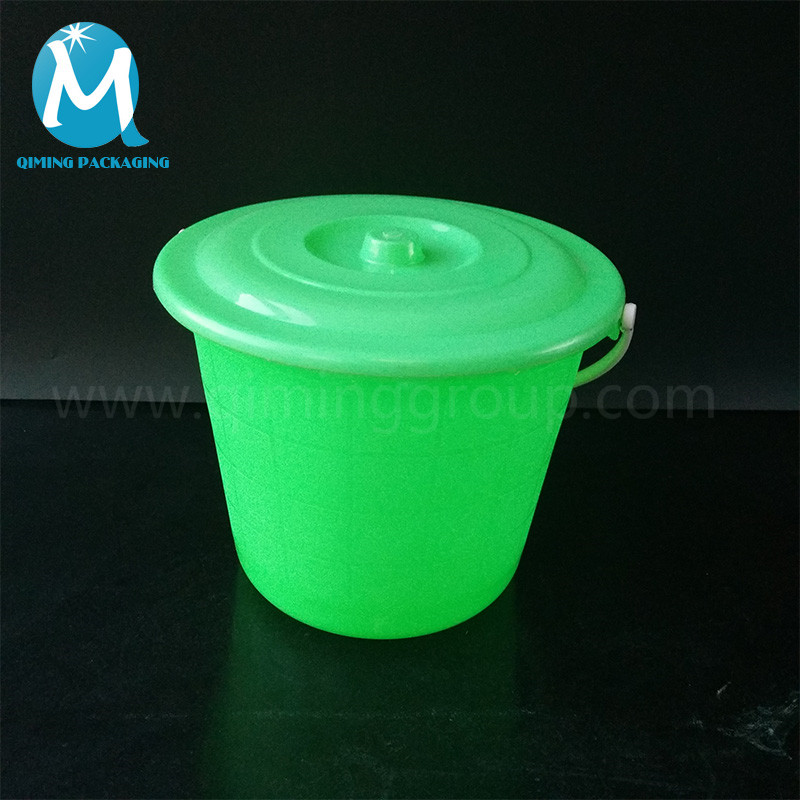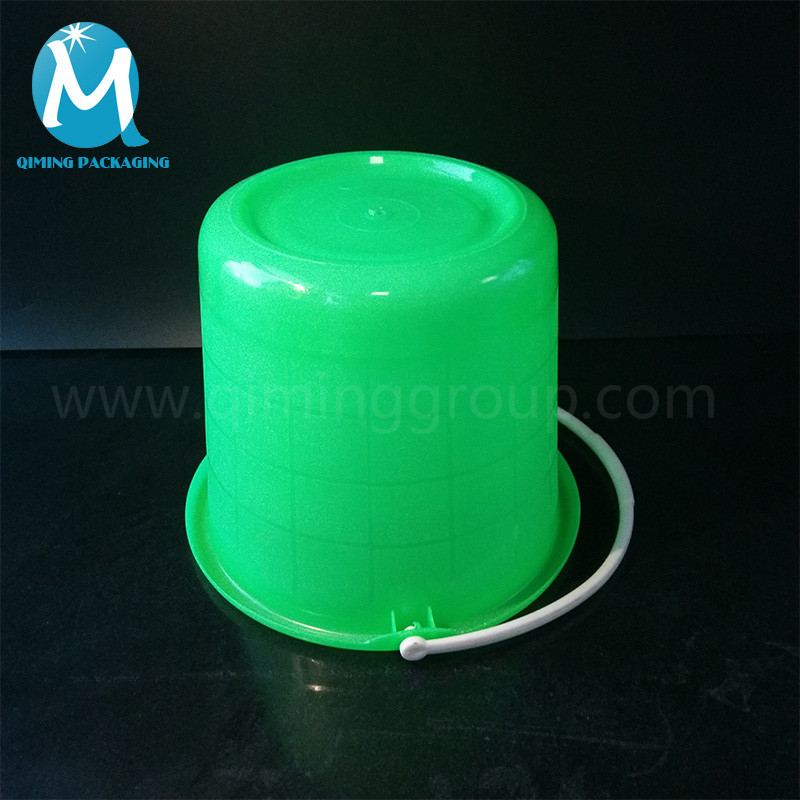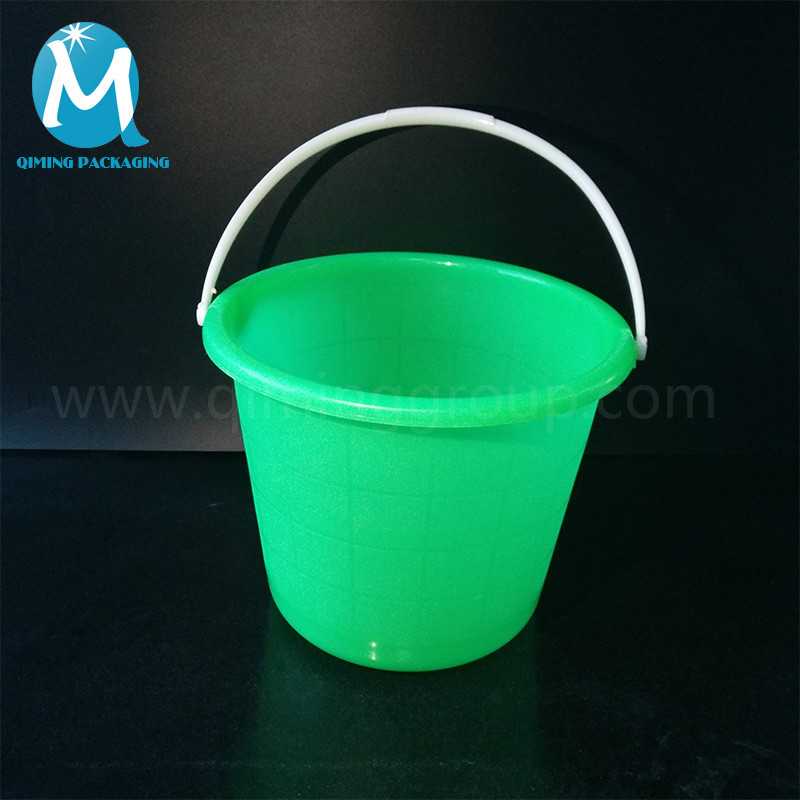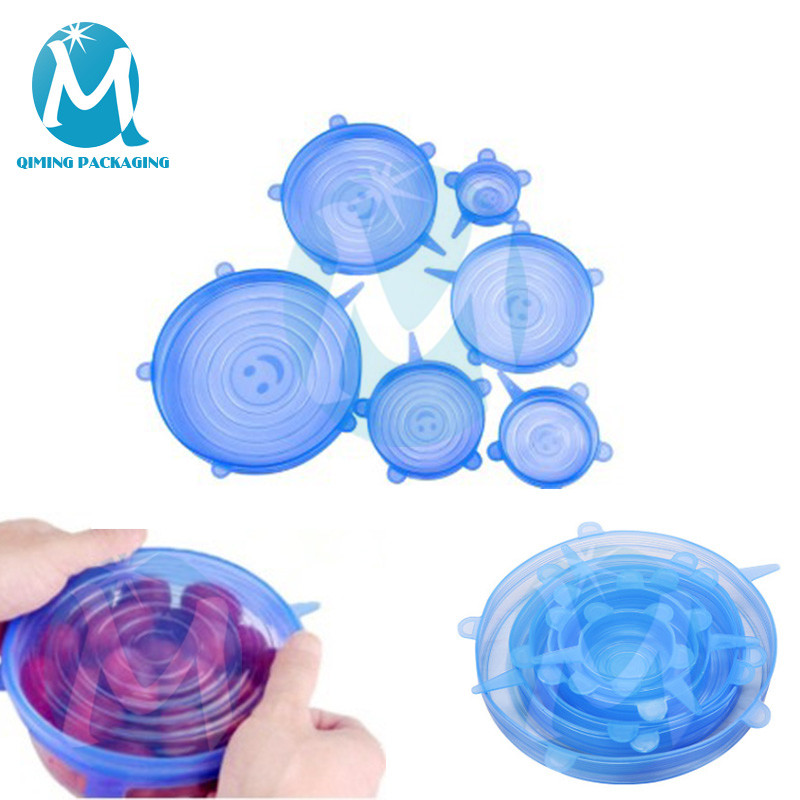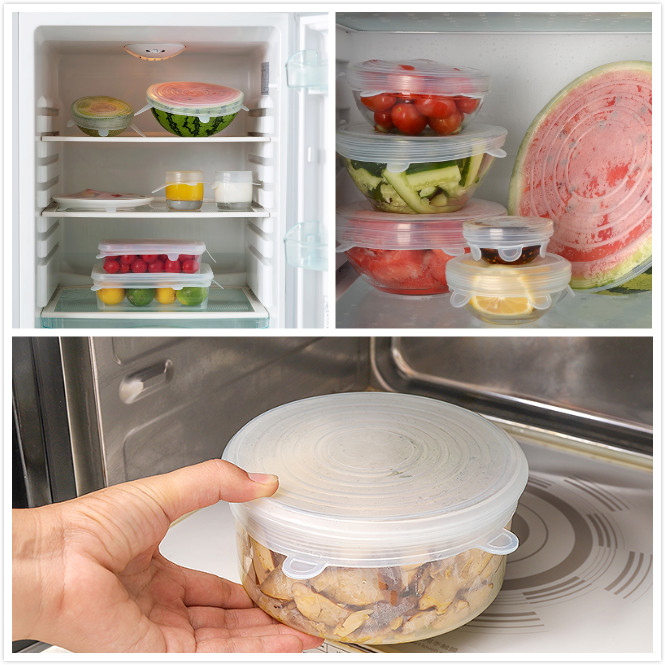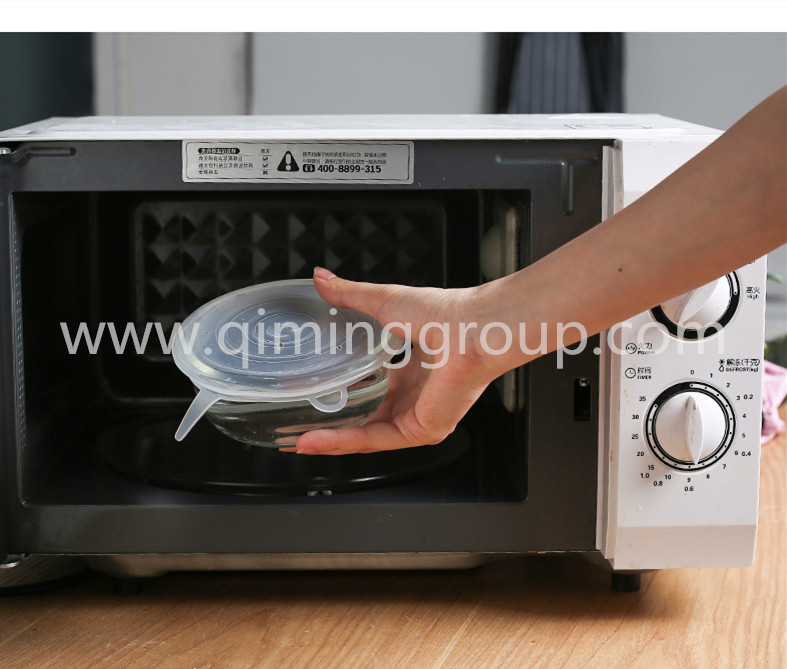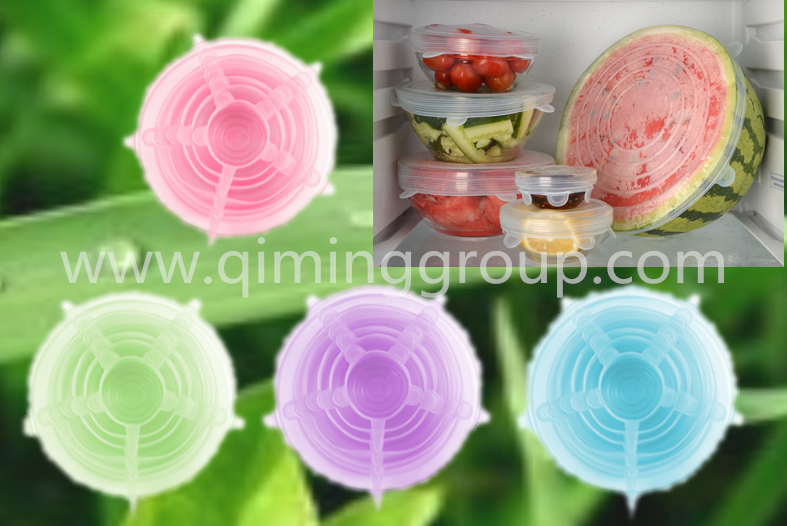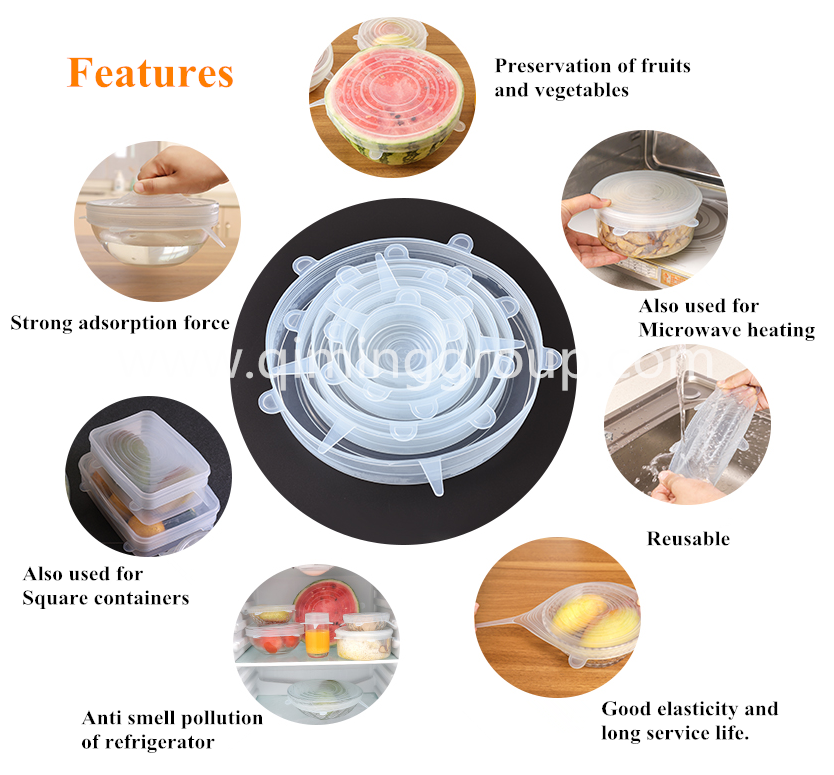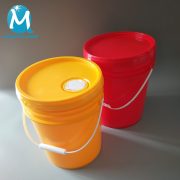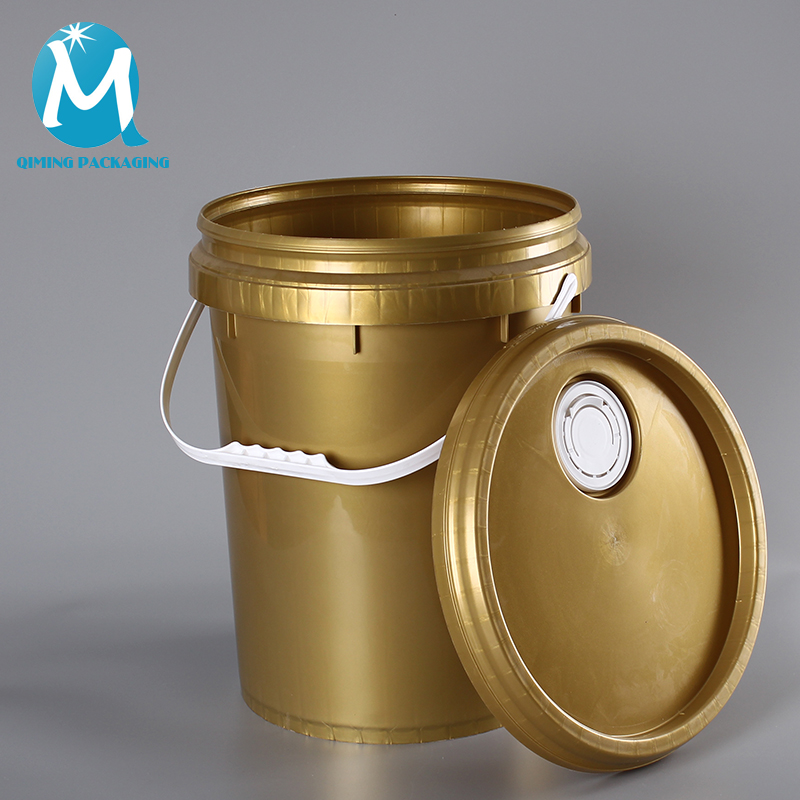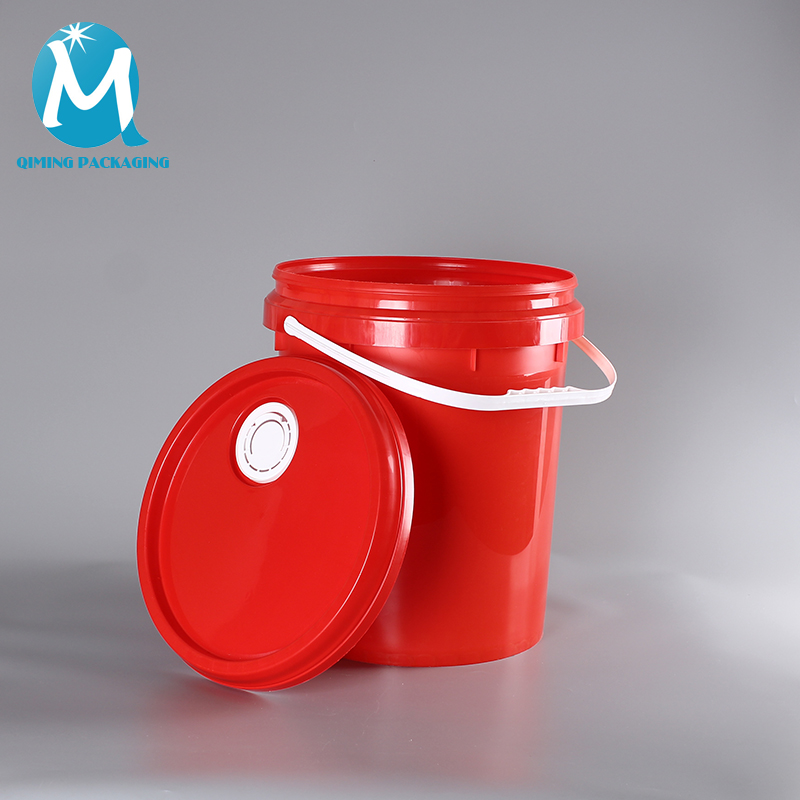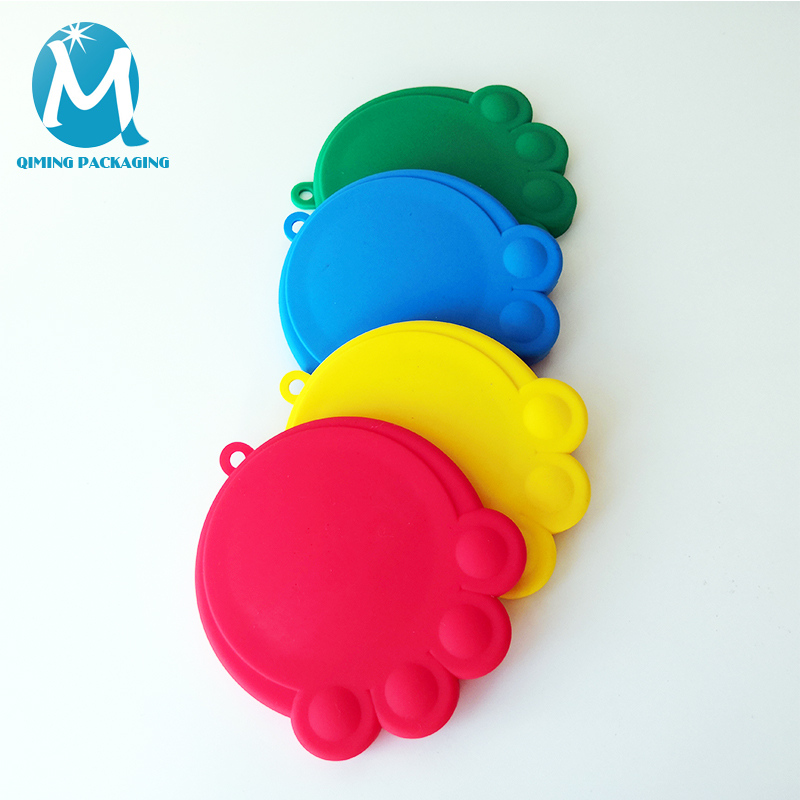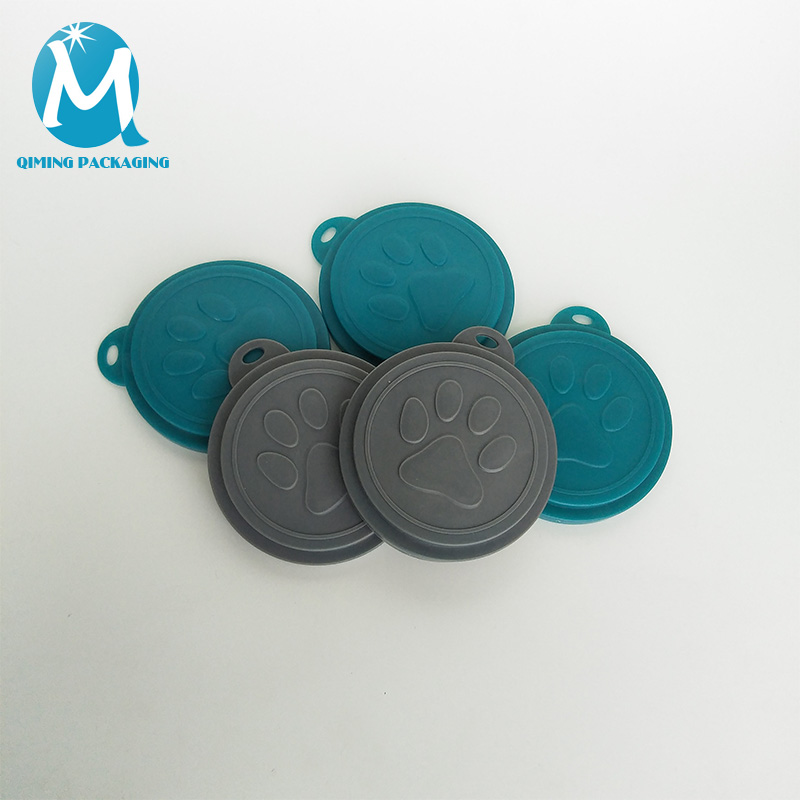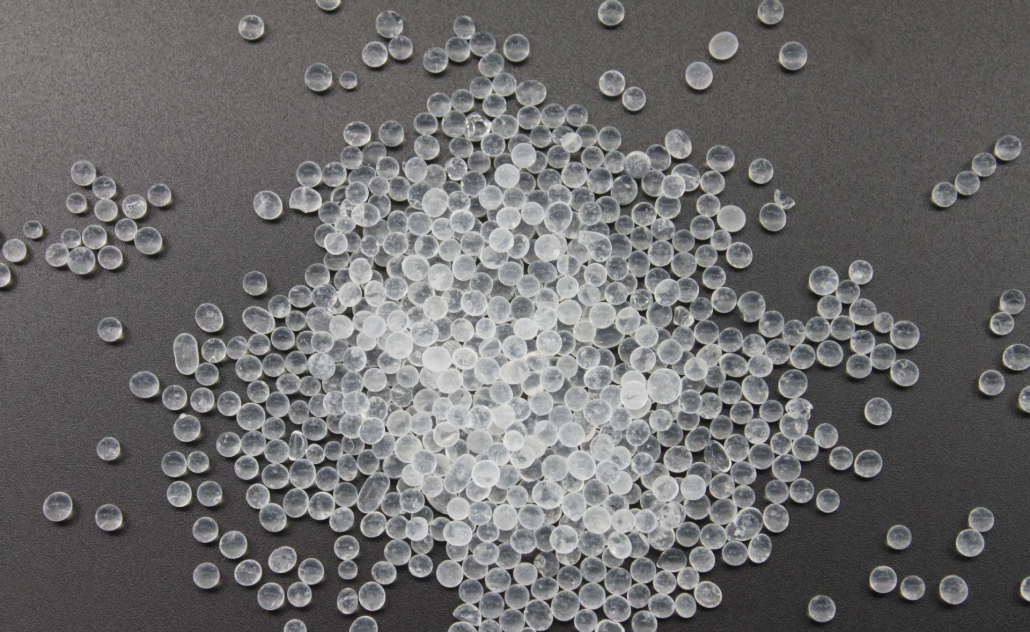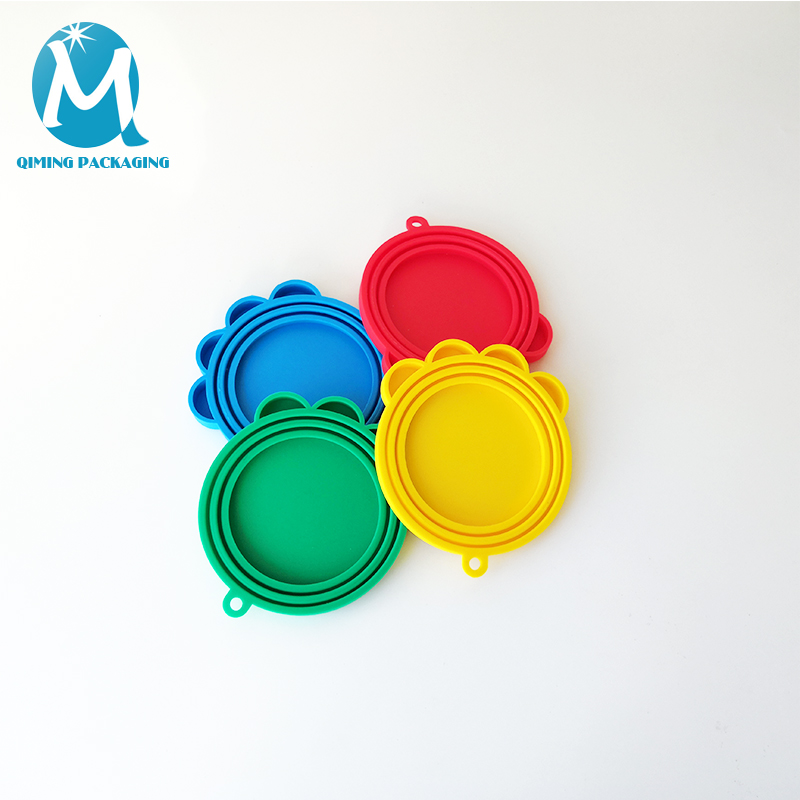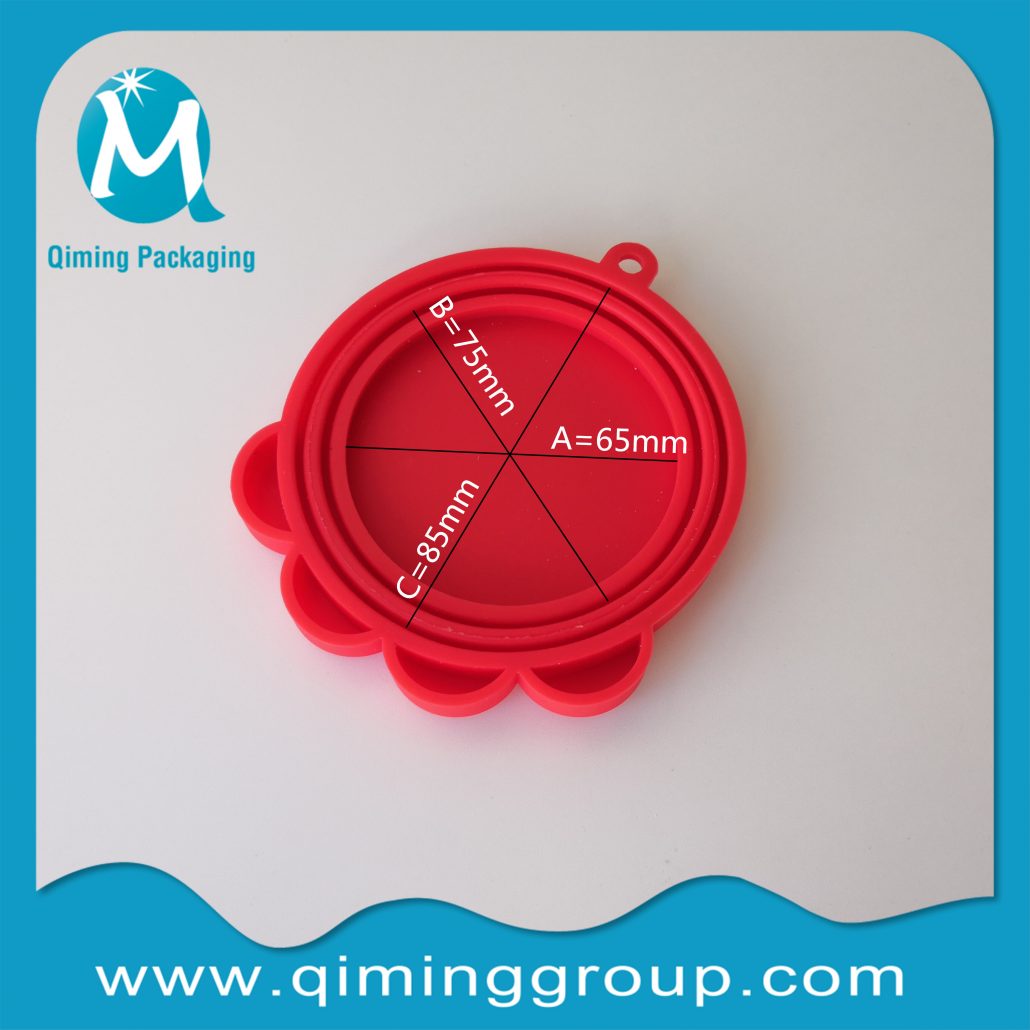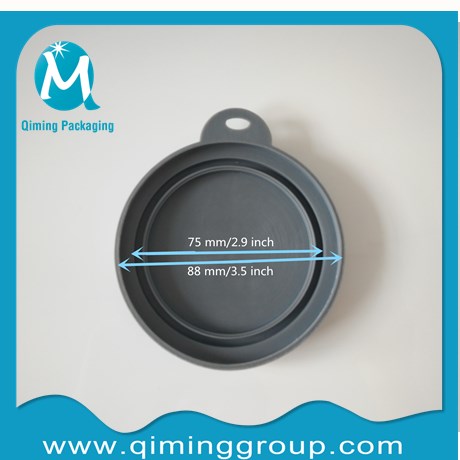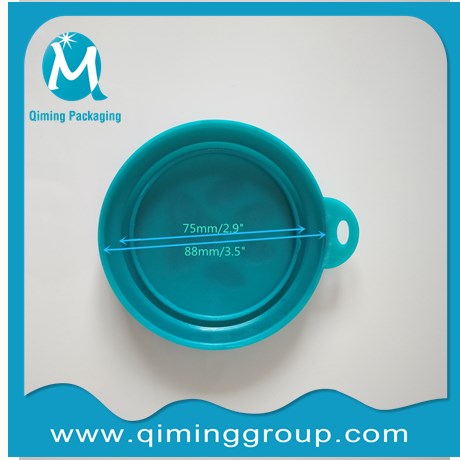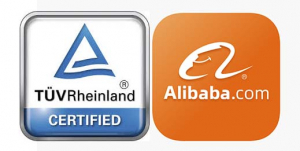What can PVC be used for?
Polyvinyl chloride, English abbreviation PVC (Polyvinyl chloride), the original color is the yellowish translucent, shiny, relative density of about 1.4. Transparency is better than polyethylene and polypropylene. The hardness of hard products is higher than that of low-density polyethylene but lower than that of polypropylene. It is not easily corroded by acid and alkali and is more resistant to heat. Polyvinyl chloride has the advantages of high flame retardancy, high chemical resistance, good mechanical strength, and electrical insulation.
PVC polyvinyl chloride has poor stability to light and heat. Without heating the stabilizer, the polyvinyl chloride starts to decompose at 100 ° C and decomposes faster at 130 ° C or higher. It is decomposed by heat to release hydrogen chloride gas to discolor it, from white to light yellow → red → brown → black. The ultraviolet rays and oxygen in the sunlight cause photo-oxidative decomposition of the polyvinyl chloride, thereby lowering the flexibility of the polyvinyl chloride and finally becoming brittle. Therefore, some PVC plastics will turn yellow and become brittle after a long time.
PVC is widely used for pipe, general injection molding molds, packaging materials, blow-molded transparent packaging materials, etc.
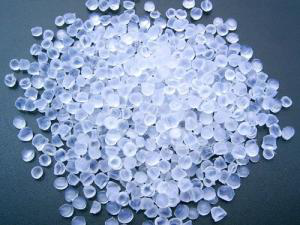
- Polyvinyl chloride pipe: Among many PVC products, PVC pipe is a very important consumer field. It has many varieties, excellent performance, and wide application range, and it has an important position in the market.
- PVC general soft products: can be extruded into hoses, cables, wires, etc. by using extruders; plastic sandals, soles, slippers, toys, auto parts, etc. can be made by using injection molding machine with various molds.
- Polyvinyl chloride packaging materials: PVC containers mainly produce water bottle, beverages, cosmetic bottles, and the packaging of refined oil.
- PVC transparent sheet: PVC is added with impact modifier and organotin stabilizer, which is mixed, plasticized and calendered to become transparent sheet. It can be made into a thin-walled transparent container by thermoforming or used for vacuum blister packaging and is an excellent packaging material and decorative material.
For example, in our daily life, we see packaging products, PVC fruit trays, egg trays, and packaging boxes in supermarkets or stores.
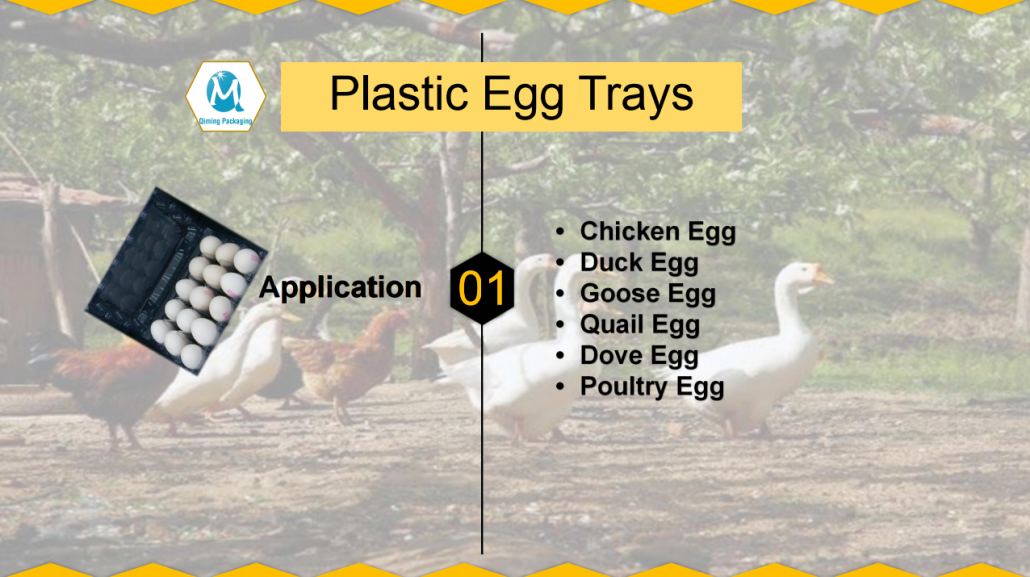
1. Product view of PVC egg trays
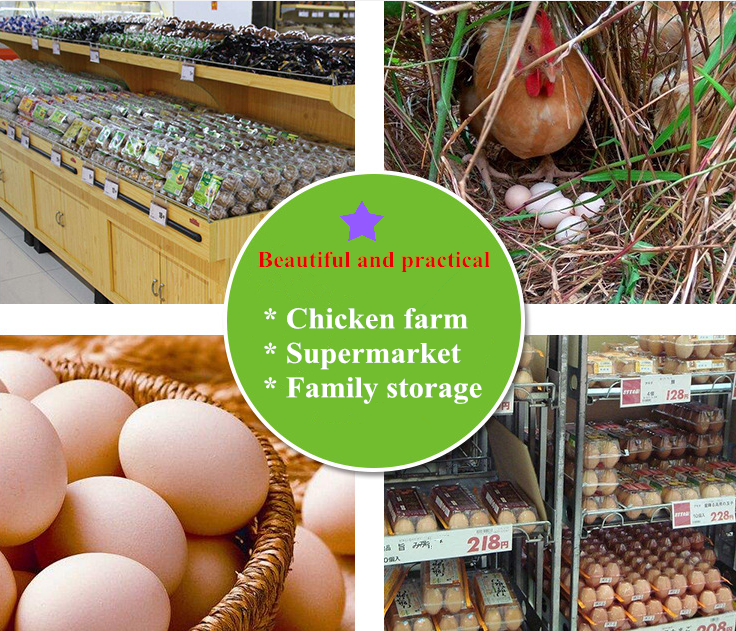
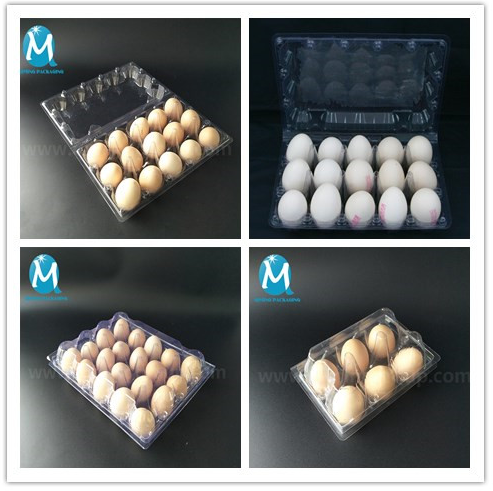
2. Available sizes to meet the different needs of the customers.
| Clear Plastic Egg Tray | ||
| Type | Size Of Tray (L*W*H) | Size Of Hole (L*W*H) |
| 6 hole egg tray | 150*102*65mm | 42*42*65mm |
| 8 holes egg tray | 198*103*65mm | 42*42*65mm |
| 10 holes egg tray | 240*102*65mm | 42*42*65mm |
| 12 holes egg tray | 292*103*65mm | 42*42*65mm |
| 15 holes egg tray | 240*150*65mm | 42*42*65mm |
| 20 holes egg tray | 240*192*65mm | 42*42*65mm |
| 12 holes quail egg tray | 138*103*36mm | 29*29*36mm |
| 18 holes quail egg tray | 198*103*36mm | 29*29*36mm |
| 20 holes quail egg tray | 168*133*36mm | 29*29*36mm |
| 24 holes quail egg tray | 198*133*36mm | 29*29*36mm |
| 30 holes quail egg tray | 198*163*36mm | 29*29*36mm |
